Wind power is a significant source of energy production. Because of the side effects of fossil fuels, the world is looking to replace them with another technology, it is easy to convert wind energy into pure energy to use in everyday life.
9 wind technologies will discuss below. Stay with us.
1- Airborne Wind Turbines
1. Makani Airborne Wind Turbine:
The Makani airborne wind turbine can use at a 1000 – foot height of wind resources, which turbines operate more than 15 percent over the current turbines. They can also install in deep offshore waters that can produce four times as much electricity as possible.
2. The Altaeros airborne wind turbine:
The Altaeros airborne wind turbine uses a helium shell to help rise above the elevations and reach stronger winds. The generated energy sends via the wire attached to the ground. It can reduce energy costs up to 65 % by controlling winds at high altitudes. Due to its unique design, this turbine can install in a few days.
2- Energy production from low-speed winds
The new wind turbine uses the airfoil (used to generate aerodynamic forces), which engenders energy during reciprocating dynamics. It is without noise and can also produce electricity with low wind speed.
3- Bladeless wind turbine
In each empty pole, a set of piezoelectric ceramic disks place. Each electrode is attached to other electrodes by a cable that reaches the bottom of every turbine pole. When the wind blows into turbine poles, the set of piezoelectric disks press, thus the current is made through the electrodes.
4- Wind Turbine Lenses
According to a study by Japanese researchers, a simple method to build wind turbines is to set up wind turbine lenses, which increases the turbine efficiency up to three times.
5- Vertical Axis Turbines
1. Windspire:
These turbines design with a height of 30 feet and 4 feet wide for use in urban infrastructure that has a height limit of 35-foot. Do not have sound pollution due to the design of the vertical axis. One wind power plant, for example, generates power from the turbine model with a capacity of 1.2 kW, about 2,000 kWh of a wind speed of 11 mph.
2. Eddy turbine
The eddy turbine is safe in terms of design for a speed of 120 miles per hour. These turbines can produce 600 Watt per second. According to the plans, by combining a turbine and a solar array, these turbines can also be used to generate energy from the breeze.
6- Quiet Wind Turbines
Eco Whisper wind turbines have removed the sounds and vibrations of the three blades turbines. With a particular design, these turbines have more power to collect, produce, and transform energy.
7- Wind Power Storage
Inflatable batteries are an energy storage strategy. This method uses a water pump system. Conventional water pumping systems use separate vertical tanks to control the power of the water. Water flows to the lower reservoirs use the earth’s gravitational energy, generating electricity in the process.
8- Community-Owned Wind Power
In 1996, a wind farm was established in the United Kingdom to generate 10,000 MWh of electricity. The plant was able to power 30,000 homes and, in addition to providing energy and income for households, provided an environment for educational visits and the promotion of clean energy.
9- Multipurpose Offshore Wind Turbines
Around the offshore wind turbines are generally growing marine plants and seaweed. With a plan developed by a Dutch company, it is possible to set up fish farms around the turbines. Besides clean energy, the project will also contribute to the development and economic development of cities.
Wind power is a significant source of energy production. Because of the side effects of fossil fuels, the world is looking to replace them with another technology, it is easy to convert wind energy into pure energy to use in everyday life. The evolution of wind power has brought us to the forefront of the latest wind energy technology. As we explore the realm of future wind energy technologies, it becomes clear that innovative approaches are shaping the landscape of sustainable energy production.
Latest Wind Energy Technology
The latest wind energy technology is revolutionizing the way we harness the power of the wind. Airborne Wind Turbines have emerged as a groundbreaking development in this field. For instance, the Makani Airborne Wind Turbine operates at a remarkable 1000-foot height, utilizing wind resources more efficiently than current turbines, resulting in a 15 percent increase in energy output. Additionally, these turbines can be installed in deep offshore waters, where they have the potential to generate four times as much electricity as traditional setups.
Another example of new technology in wind energy is the Altaeros airborne wind turbine, which employs a helium shell to reach higher elevations and harness stronger winds. This innovative approach not only increases energy production but also reduces energy costs by up to 65%, making it a game-changer for the wind energy industry.
New Technology in Wind Energy
Apart from airborne wind turbines, the wind energy sector is continually advancing. New technology in wind energy includes turbines that can produce energy from low-speed winds, silently and efficiently. These turbines utilize airfoils to generate aerodynamic forces, making them a noiseless and sustainable solution for electricity generation, even in areas with low wind speeds.
Furthermore, bladeless wind turbines are an exciting development in the wind energy field. These turbines use piezoelectric ceramic disks within their poles, generating electricity as the wind causes the disks to press against each other. This innovative design allows for a cleaner and more efficient way to harness wind energy.
Incorporate these latest wind energy technologies into your sustainable energy initiatives and witness the incredible potential of wind power for a greener future. Join us in exploring the limitless possibilities that the future of wind energy holds.
The last word
Some of these technologies may be just a blueprint for the future. Others have reached the test stage and pilot setup, but the significant development point where wind energy will be the future energy.
Source: www.treehugger.com
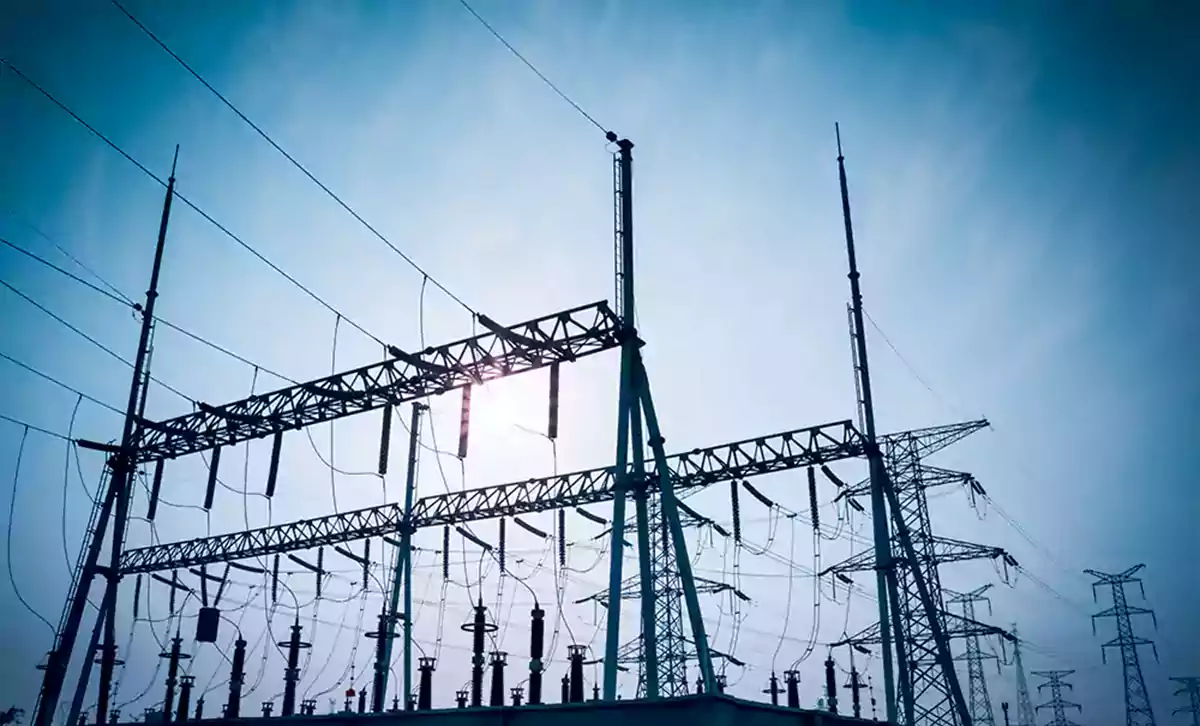
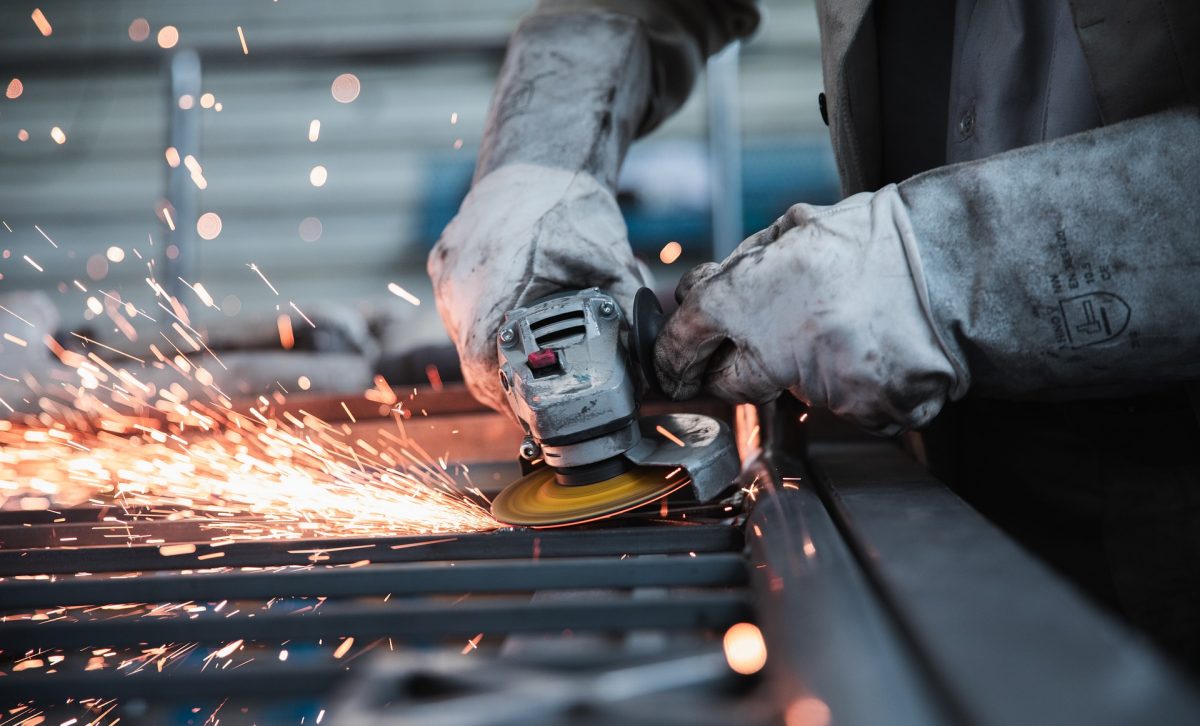
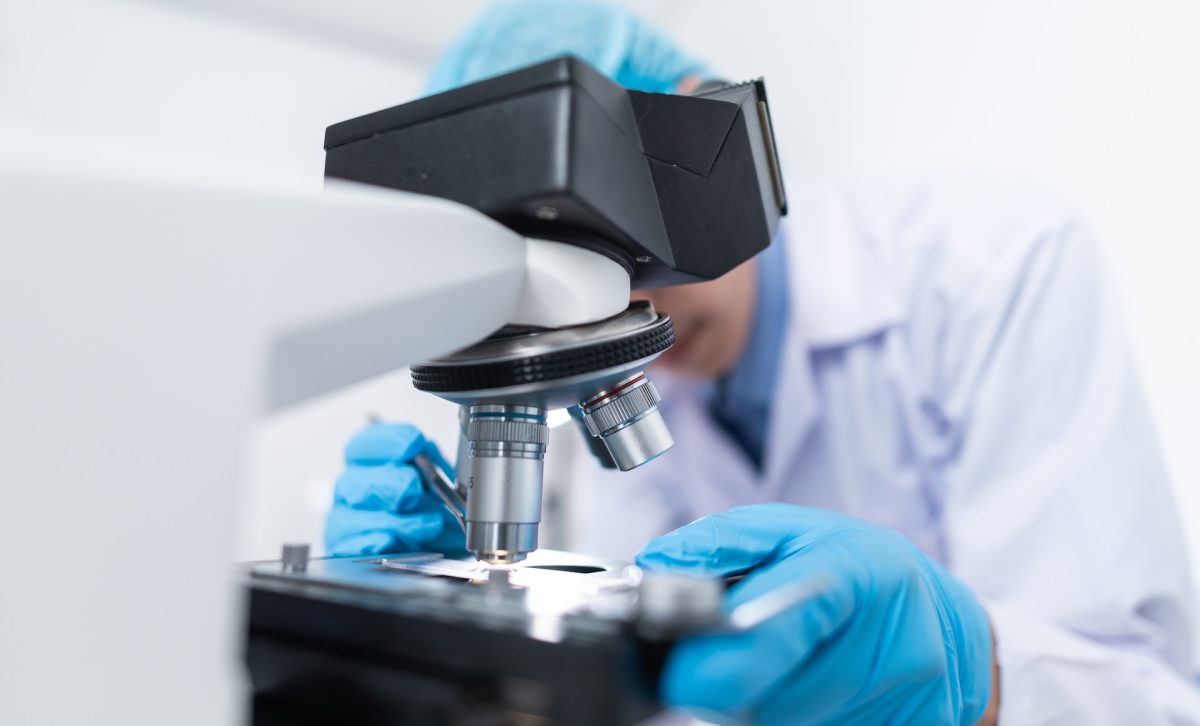
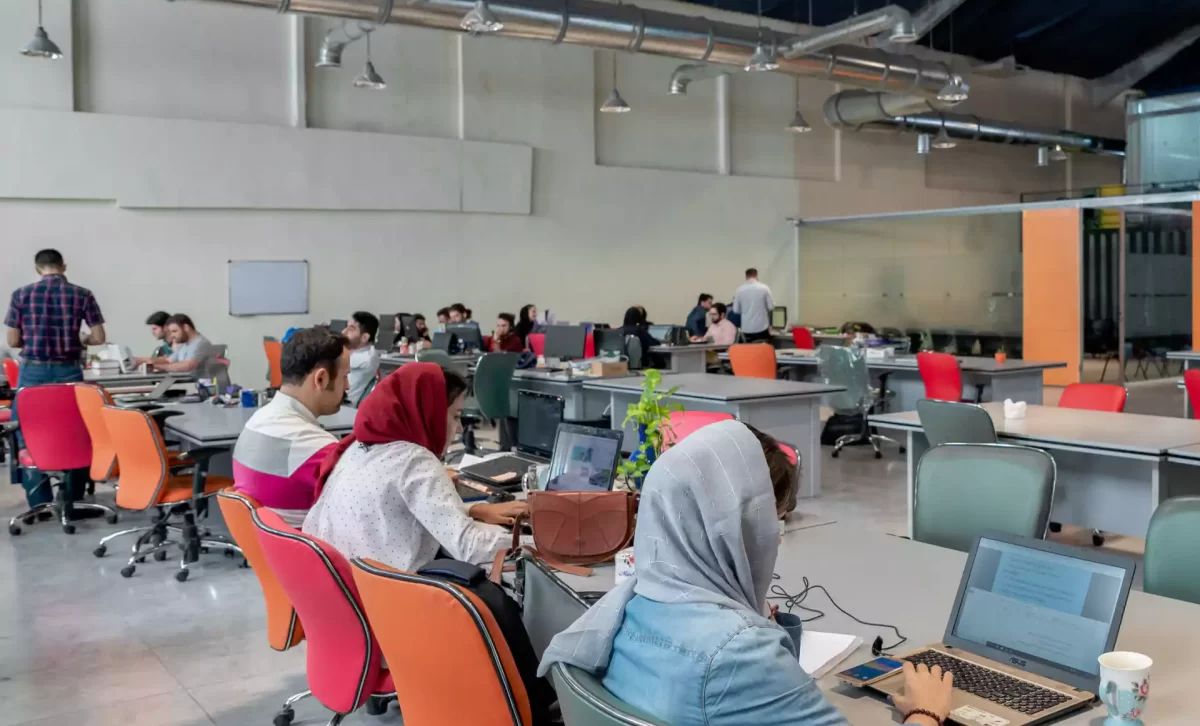

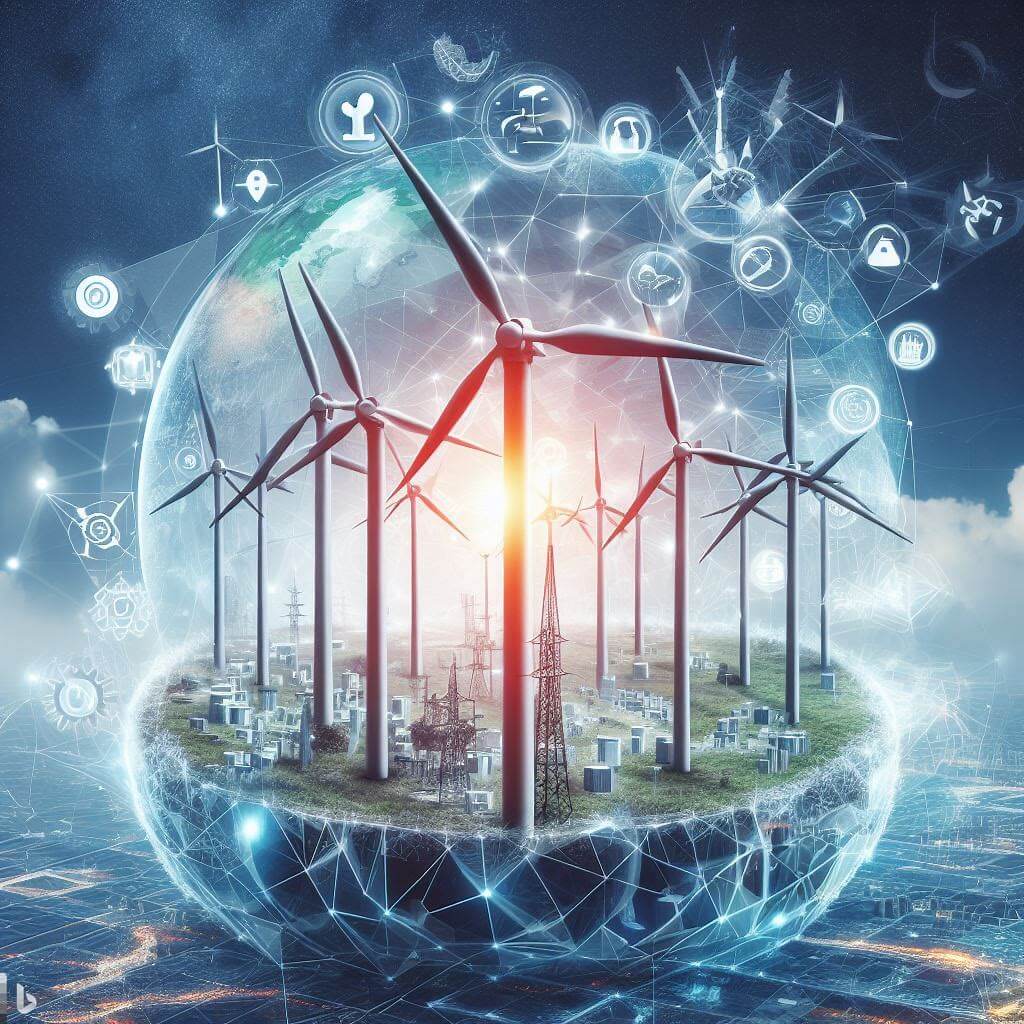

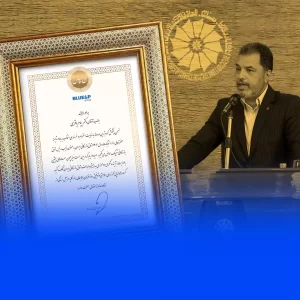
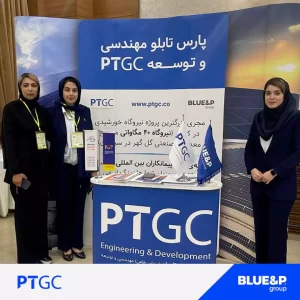
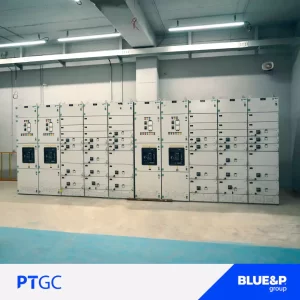
2 Responses
I thinks future wind power technology is very amazing.
Thanks for your patient.